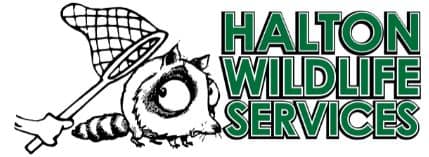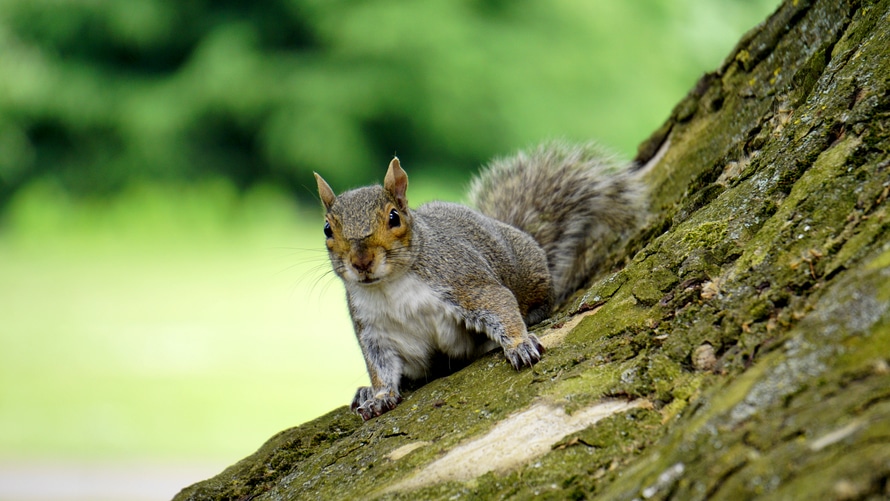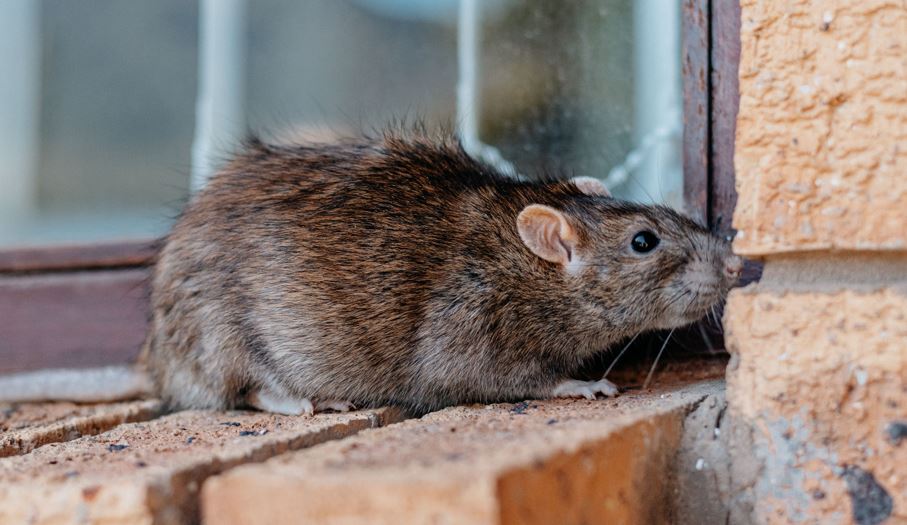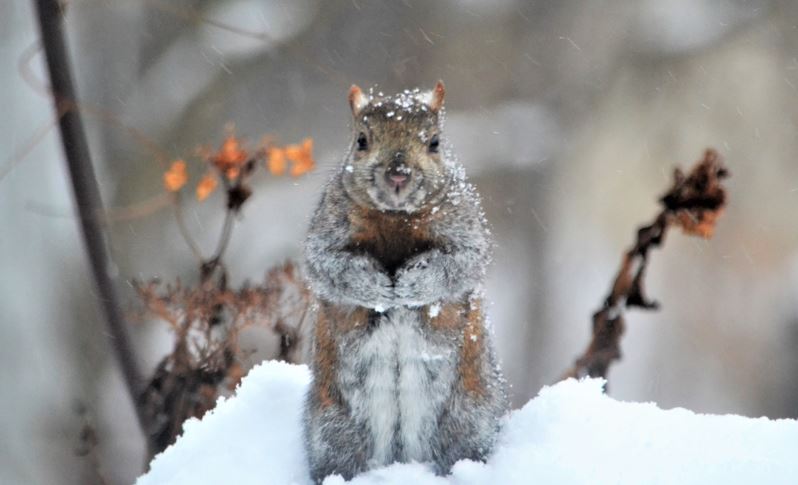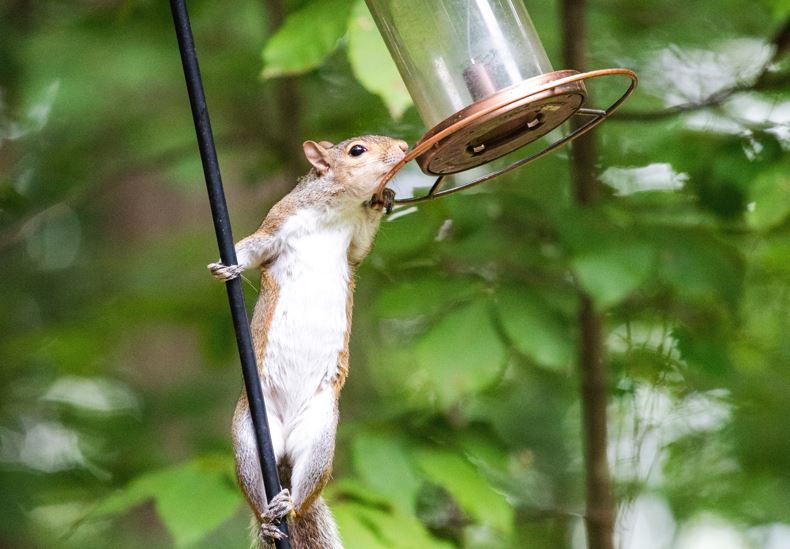Depending on the breed, squirrels mate in July and August, plus in the winter months of January, February, or March. The result of each successful mating is usually anywhere from one to seven babies who will not leave their nest until they’re around eight weeks old, and won’t be weaned until they’re almost three months old. It is time to get rid of squirrels!
While all of these squirrels can be a delight to watch as they scamper around your yard, they cease being delightful the moment they start damaging your home or property. They can damage your lawn as they dig up nuts, chew on your trees and shrubs, steal the food you put out for the birds, chew through wiring, gnaw their way into your attic, and chomp on your wooden outdoor furniture or deck!
Many people don’t mind their outdoor antics, but draw the line when squirrels try to invade their home, at which point you need to catch them or somehow get them out! And since it’s always easier to prevent a problem than to fix an existing one, here are some simple things you can do to prevent squirrels from moving into your home.
Make it Difficult For Squirrels to Get Into Your Attic
If you have tall trees surrounding your home, be sure to trim them so that the nearest branch is at least 6 feet away from your home. This will prevent squirrels from using the tree to leap onto your roof, where they might chew their way into your attic.
Make it even more difficult for them to use trees to access your home by preventing them from climbing the trees in the first place! Wrap the base of the tree trunk with sheet metal that squirrels are unable to climb or jump over (two-feet tall metal sheeting will usually do the trick).
Secure and block off any potential entry points to your attic. Replace rotting wood with fresh pieces that are more challenging for squirrels to chew through. But before you seal off any entry points, make sure you don’t already have squirrels that will be trapped inside. The last thing you want is to have a rotting squirrel corpse in your attic, or a mother that left temporarily now chewing fresh holes to get back inside your attic to rescue her babies.
Make Sure You Don’t Need to Get Rid of Squirrels Already There
If you’re uncertain about whether or not a squirrel is already inside your home, use a temporary plug such as a crumpled newspaper to block the entry hole – check it 24 hours later to see if it’s been moved aside. If it has not been moved aside, you’ll know it’s safe to block the hole permanently. Whereas if it has been moved, you’ll know that you need to evict the resident squirrel(s) before putting a permanent block in place.
You Can Prevent Squirrels From Getting Into Your Home
You can dramatically reduce the odds of squirrels moving into your home by preventing them from using trees as a launch pad to your roof, and sealing off all potential entry points into your home. Taking these preventative measure now will prevent potentially the costs and effort of having to remove them later on, so is well worth the time.
If you do require professional help, then contact the pros at Halton Wildlife Services!
